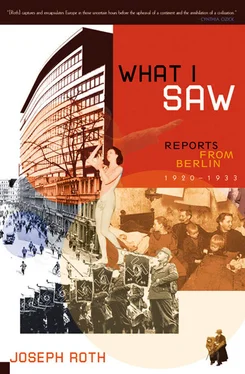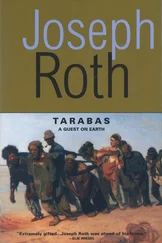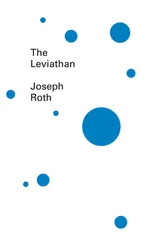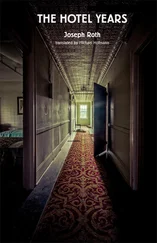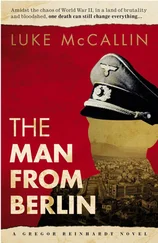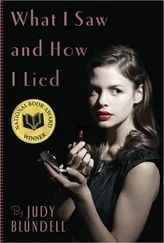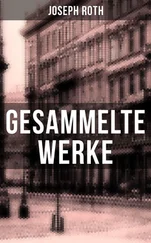From time to time there’s even a little scandal at Reese’s. Always a matter of honor. Never money, just women.
That’s Reese’s Restaurant for you.
Albert’s Cellar
By contrast Albert’s Cellar in Weinmeisterstrasse is quiet, no music, no red lights. The owner is a Romanian immigrant by the name of Albert. Albert’s Cellar is an easy name to remember.
Albert’s Cellar has regulars of such fixed habits that they even have their mail sent there. Certain aspects of Albert’s Cellar are reminiscent of a writer’s café. For instance, it is possible to sleep away an entire afternoon in Albert’s Cellar. Paul was just embarking on his fourth hour when we arrived. He lay with his head slumped on the table, as though he were trying to saw through the fake marble with his nose. Beside him Regine, resplendent in her fake diamonds, was watching over his sleep. Paula was there with her pimp. He drank a glass of beer, slapped her on the back, and said: “Good luck then, girl.” She sat in a dirty blouse, with spongy, droopy breasts, and drank up my friend’s coffee. The day before yesterday she’d been at a fancy place on Hirtenstrasse where they had good coffee. She didn’t like the coffee here at all, Yuck! Another girl was leaning against the iron stove. She was shivering quietly, and when she spoke (only to say, “How’s it going?”), you saw that she didn’t have any teeth. Her Rudolf had a mouth full of fillings — a treasure chest, not a mouth.
Therese is a peroxide blond, and I walk her over to her turf on Alexanderplatz. She’s in a crisis just now. Rudolf’s girl was locked up, and since he was on his own, he took on Therese. But then the original girl was let out (after just a week), and she had more experience and a better figure. So Rudolf was dumping Therese. She’s looking for support. “He’s got no character, Rudolf,” she says. “He could have discussed it with me.”
Yes, I quite agree, Rudolf’s got no character. How can you be so unprincipled as always to put your business first?!
I cross my fingers for Therese so that she’ll find someone. And then she’ll be happy. I think she has character.
The Cigar Box
Even the world of dives has its symbols and its holy signs. A drum, for instance, is the emblem for a stout, respectable club with gold lace. And the sign of a burglar is a cigar box.
The cigar box contains not Dutch cigars but, arranged by size: “rippers” and “jacks” and “little aldermen.” Or: “jimmies” and “claw-jimmies.”
Because in the world of dives, even housebreakers’ tools have their nicknames. A picklock is a little alderman, a crowbar is a jimmy, and a drilling tool — which admittedly has become almost obsolete as a tool of civilization — is a ripper. A man who works with rippers cannot gain my respect. He’s a dinosaur. A self-respecting man earns his living with explosives, oxygen and dynamite. A ripper — get away!
The cigar box also contains a few S-hooks. S-hooks are so called because they have the shape of a roman S. An S-hook is enough to take care of your average apartment door. Franz, though, never carries any S-hooks. He opens apartment doors that get in his way with his penknife. Franz is a skilled operator!
Franz always keeps his cigar box in his jacket pocket, but he’s not one for symbols. He doesn’t need any cigar box. After all, he’s Franz!. .
A cigar box — it needs to be old and battered, and to have a warped lid straining against the hinges — that’s the trademark and the emblem. It can’t be any old box! — not a cigarette box, for sure! It needs to be an honest-to-God cigar box.
You see: A man who crosses the threshold without a cigar box — what can he be? A pimp at best! The owner of the dive will say, “Well, how’s business?” with a measure of condescension, as though patting the new arrival on the back with each syllable. Whereas a man who walks in with a cigar box will find the way opening up before him, and riffraff like pimps will give him a wide berth. That’s the aura of the cigar box. You wouldn’t believe what a humble cigar box is capable of. It’s an emblem of authority, and for every uninitiated new arrival in the world of dives, it’s like a case in which he carries his field marshal’s staff. All honor to the cigar box!
On Mulackstrasse
Eleven at night, and Mulackstrasse looks like part of an archaeological site. A streetlight on the corner of Schönhauser Strasse squinnies across at it apprehensively. A girl patrols up and down, like a pendulum in her regular unceasing motion, as if she’d been set going by some invisible clockwork.
On the opposite corner is Willy’s bodega. Hans, Willy’s assistant, is there too. He has the most exquisitely parted and Brylcreemed and innocently styled hair. And Gustav, the lithographer, feels utterly at home. He wears soft felt slippers, and his face is like a stubble field in autumn.
Willy is a bookie. Once, a couple of officers came his way, who shouldn’t really have had any business dealing with bookies. Willy was just greeting a friend getting out of a car. The car impressed the officers. They concluded that a bookie who had a friend who owned a car couldn’t really be a bookie. They left Willy some money. An awful lot of money. And then Willy scrammed.
“Long Hermann” rolls up at about half past eleven. He has a very placid, broad face. His eyes are tiny and unfocused; it’s as though they were hiding behind a soft veil of tears, to see without being seen.
And just then Gustav disappears. I don’t know what Gustav gets up to in the cellar.
The Tippel Pub
The Tippelkneipe, or Tippel Pub (on Linienstrasse), is where panhandlers and street sweepers go to drink. Panhandlers wear baggy clothes, with plenty of room in them for “stray merchandise.” They’re all thin and frozen; they feel the cold in every pore. The heat of ten African summers wouldn’t be enough to thaw them out. It can’t be easy, being a panhandler.
They play cards. On the table the grimy bits of cardboard make a noise like muffled slaps.
Fred and Karlchen are not panhandlers. It’s nice of them to be sitting here at all. By the grace of God, they don’t need to be here. Fred and Karlchen: They must make a couple of hundred marks a day.
Fred and Karlchen work in the west. As lightbulb specialists. Only expensive houses.
The passages in these expensive houses often have electric light. Karlchen will hop up on Fred’s shoulder and unscrew the bulbs. There are a couple of businesses on Elsasser Strasse that will pay four to six marks apiece for bulbs. The electricians don’t ask where the bulbs come from. Electricians are not curious people by nature.
Now do you see that it’s nice of Fred and Karlchen to spend their time here? Playing skat with panhandlers?
It’s very quiet in the Tippel Pub. An old dog is stretched out in front of the iron stove. The smack of the cards doesn’t bother him in the least. It’s a dog’s life for me! he thinks.
Gipsdiele
So called because it’s on Gipsstrasse. If only everything in life were as straightforward!
I like it very much in the Gipsdiele. It’s a cosy sort of place, small and tight, and the man behind the bar — who looks like a little costume-party beer barrel that somebody’s stuck a head on — occupies a substantial portion of it himself. He doesn’t leave much room for the other twenty or so people here.
I have a lot of old friends here. There’s Big Max, the plasterer (his day job, anyway); Grete, whose real name is Margot; Little Bertha, Else (no surname); and finally Annie — Annie from Silesia, as opposed to Bavarian Annie.
It’s important not to get those two mixed up. Bavarian Annie has her turf next to Schönhauser Tor, and is never seen around here. Besides, she’s only been back for a week. She claims she was banged up in prison, but I don’t believe her. I’m sure she was banged up another way, as Max says, and is back from the hospital but is embarrassed to say so.
Читать дальше
